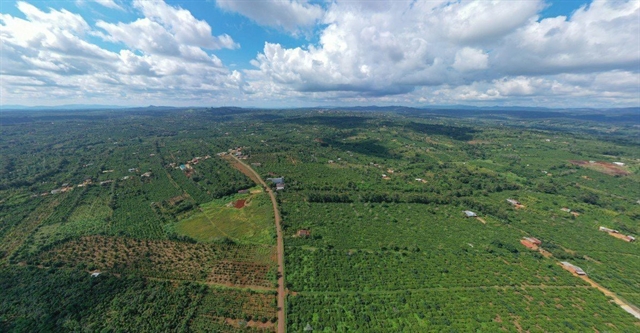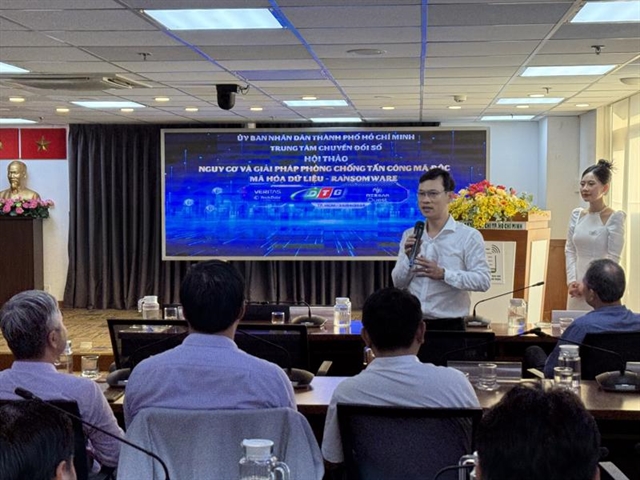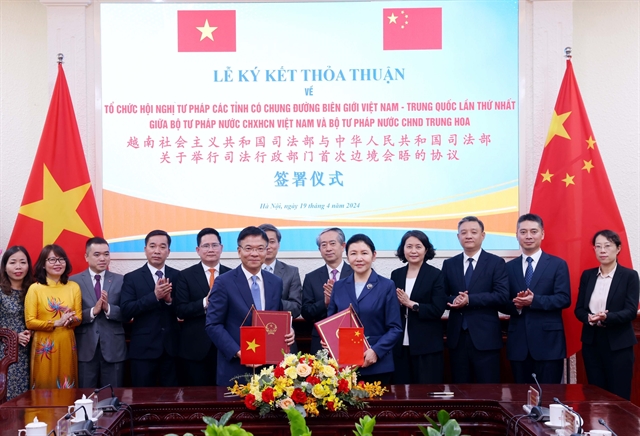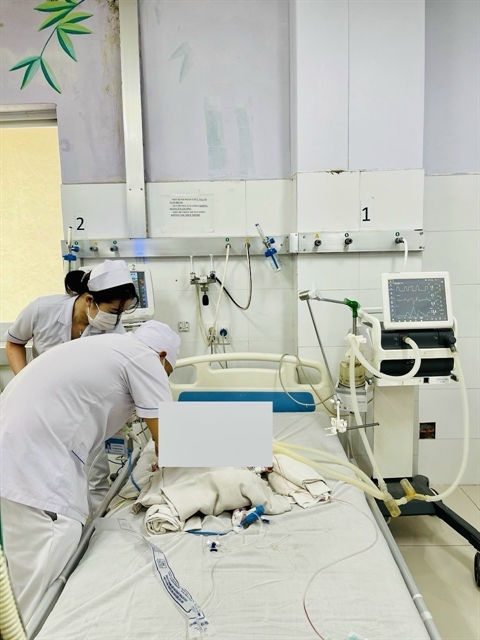 Society
Society
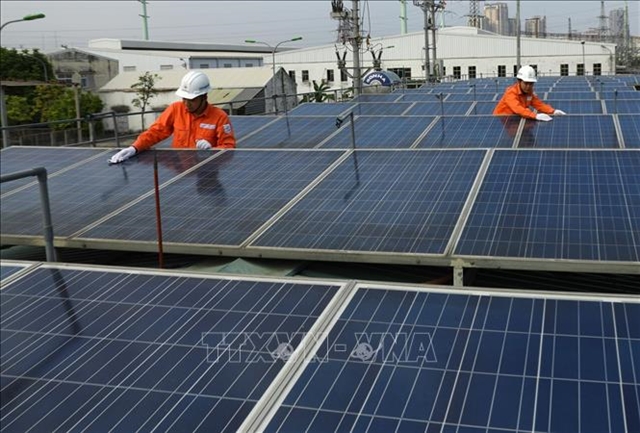
HCM City is giving priority to developing a collective economic model particularly cooperatives over the current model of farmer households.
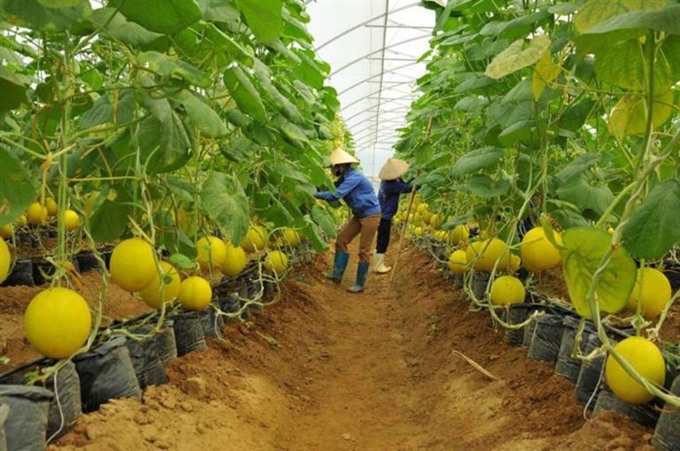 |
| HCM City is giving priority to developing a collective economic model particularly cooperatives over the current model of farmer households.— Photo baocongthuong.vn |
HCM CITY — HCM City is giving priority to developing a collective economic model particularly cooperatives over the current model of farmer households.
As many as 25,400 farmer households with a total of 72,000 people contribute 77 per cent to the city’s production of agricultural, forestry and fishery products.
However, farmer household’s productivity is low, with total annual turnover of VNĐ88 million (US$4,000) per capita in comparison with VNĐ230 million ($10,000) created by those who work in trade, service, industry and construction sectors.
With the current household-based production model, farmers have no capital to expand production or apply technology to post-harvesting and processing. Because of this, farmers’ products have no trademarks and are paid low prices.
“If farmers have a good harvest, they get a low price; and if they have a bad harvest, they receive higher price,” Dr Nguyễn Văn Ngãi, head of the HCM City Economics University’s Economics Faculty told Sài Gòn Giải Phóng (Liberated Sài Gòn) newspaper.
“This demonstrates the failure of the household production and trading model,” he said.
In regard of input-related difficulties farmers are facing, small farming households are unable to buy high quality materials such as pesticides and fertilisers at a good price.
Because of their lack of capital, farmers often buy first and pay later at higher prices, or even sell their products at low prices to pay off their debts.
For their production obstacles, Ngãi said, farmers do not apply technology because they lack knowledge about hi-tech methods and have small farms.
Meanwhile, they only sell their products to dealers or at traditional markets at low prices.
“They also can not build trademarks for their products, or process and preserve their products at good conditions after harvesting. Consequently, their production as well as product quality fail to meet international market demand,” he added.
Among the available farming models, the cooperative model is considered to be the most suitable.
“Many countries have shown that the cooperative model can help farmers solve their limitations,” HCM City Party Secretary Nguyễn Thiện Nhân said at a recent workshop.
With this model, farmers can continue to own their land and the cooperatives can help them meet market requirements for fixed quantities of products, trademarks and food safety.
“Cooperatives also help farmers apply technology, expand production, and look for customers,” Nhân said.
The cooperatives can help process and preserve products, and provide pesticides and fertilisers at a price 10 per cent lower than what farmers normally pay.
The vice chairman of the city People’s Committee, Lê Thanh Liêm, said: “The cooperative model is a must for farming production under a market economy.”
A recent survey found that after joining a cooperative, farmers saw their turnover increase 1.1 times and profit 1.35 times.
“HCM City now has 230 groups of households and 10–20 per cent of them should be upgraded to the cooperatives,” Liêm said.
Currently, only 5 per cent of agricultural production in the city comes from agriculture cooperatives. — VNS

